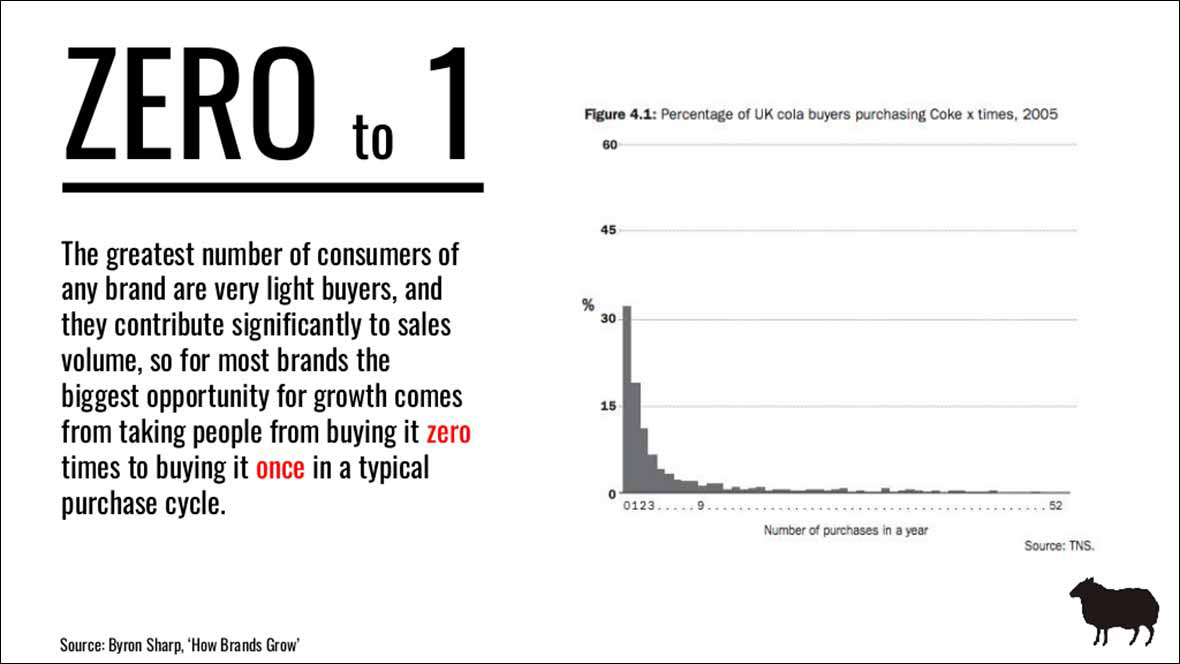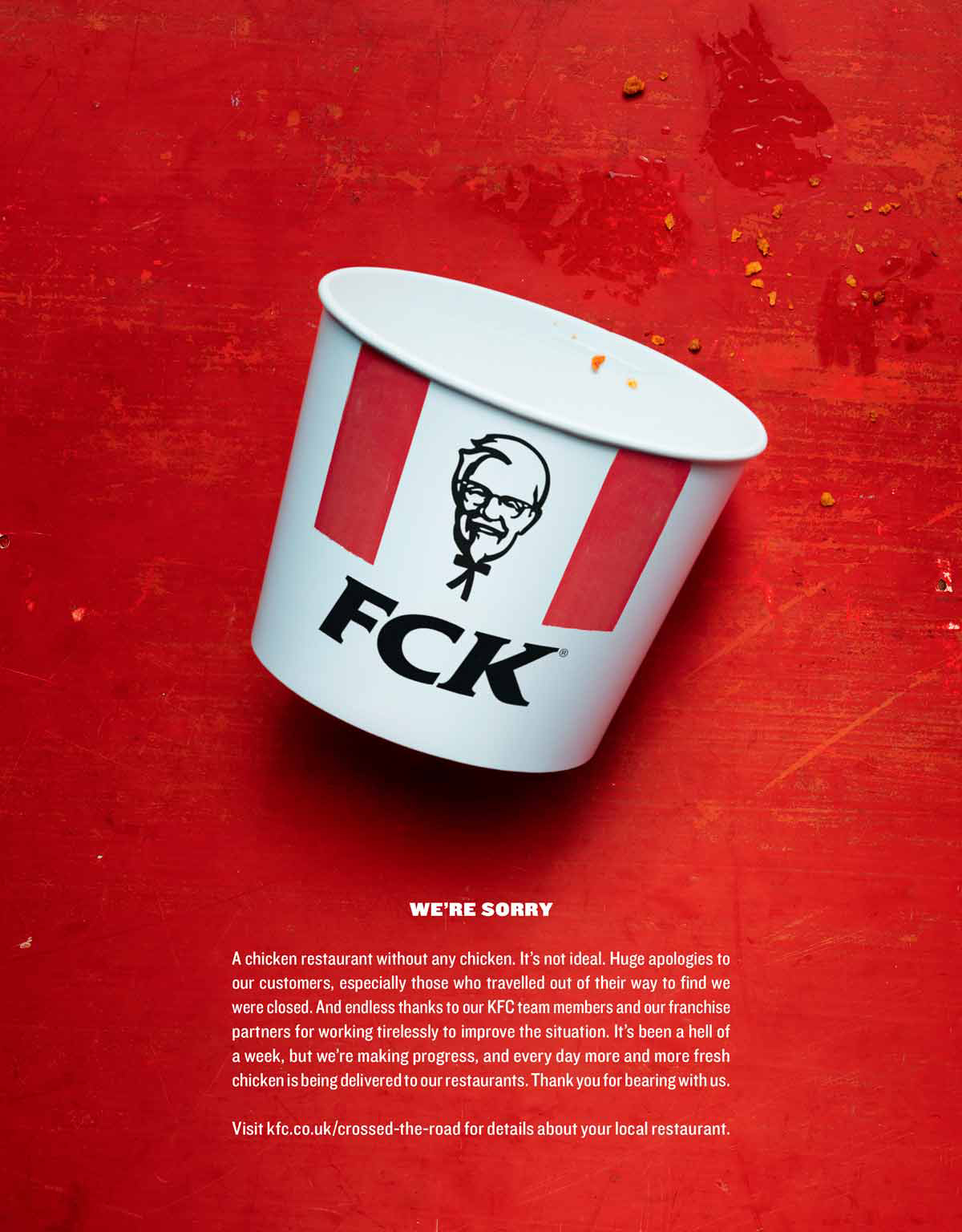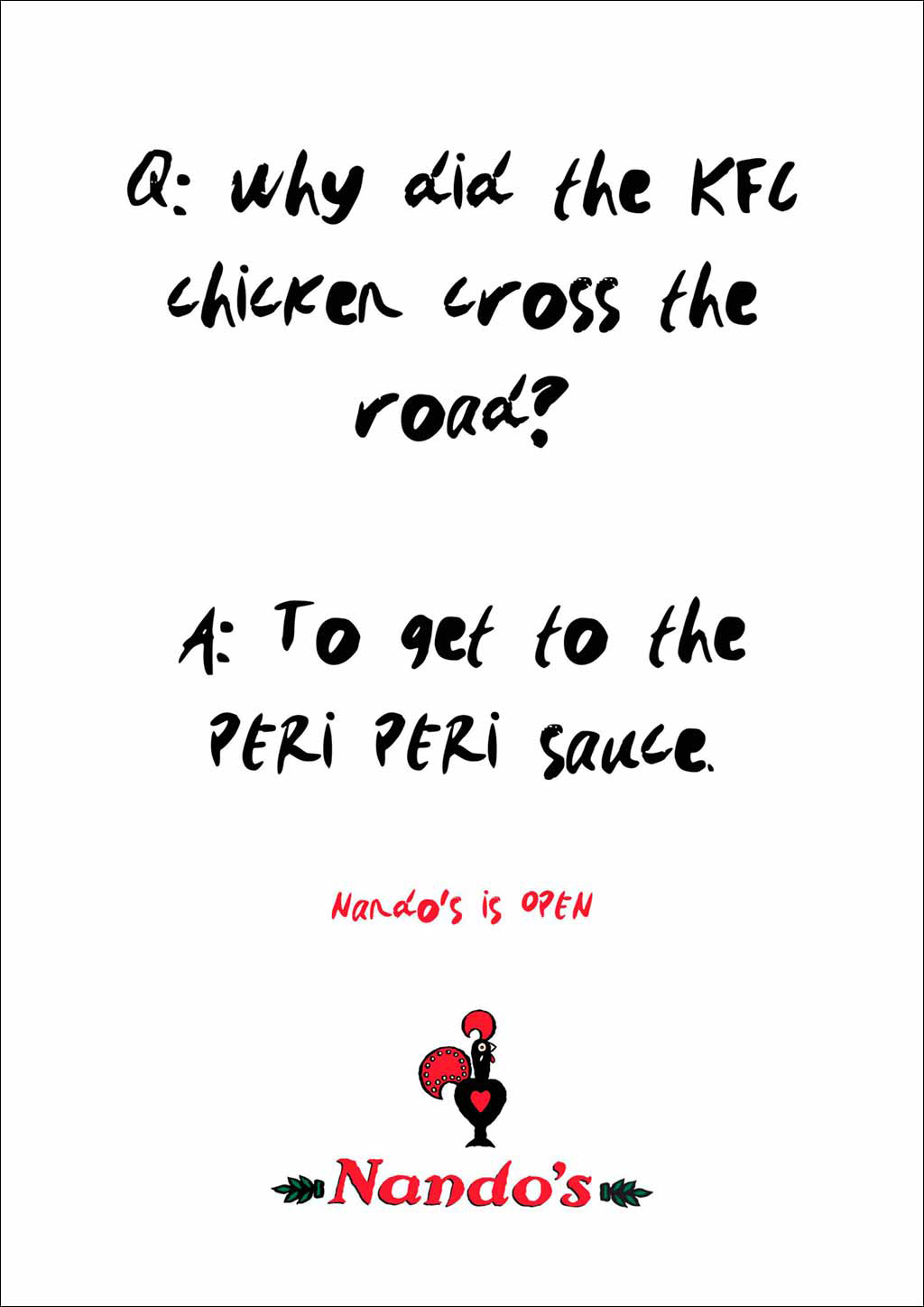Fck targeting, and go more Cézanne (creative, broader strokes)
The Blogfather returns from a ‘business’ trip on the Costa del Sol with a fresh view on effectiveness in marketing, and a job lot of Marlboro Lights, if you’re interested?
Going from zero to one purchase sounds so obvious, so simple, but most people could easily lose sight of this.
Here’s an entirely fictitious conversation from the recent past:
– Stick Stormzy in.
– OK. And Chas n Dave?
– You think our typical customer will like them both?
– Well, didn’t we say we’d try Chas n Dave, off the back of the new fans they got via The Libertines?
– Ah, yes. OK. We’ll go with both. And add waffles while you’re at it.
– Waffles?
– Waffles.
– Ok. Radius? 17km?
– 18. And make sure you drop the pin on our place. Apparently last time you dropped it on Greggs.
– Right…and age range?
– Millennials. Whatever that age range is. Boost it for twenty-five quid and we’ll call that lunch.
– Should get a few likes and shares. I’m thinking KFC?
– KFC? Didn’t really have you down as a KFC eater.
– Never had it. But saw their ‘Fck’ ad in the paper this morning and just fancy it. Hopefully they’ve got some chicken in.
Ah, the joys of Facebook advert targeting.
It’s been a bad week or so for Facebook, to put it mildly, what with the Cambridge Analytica furore, and with the ensuing #DeleteFacebook campaign, no doubt the kind of conversations above will dwindle in number. A week can be a long time, especially in the short-termism obsessed world we live in. It seems like ages ago that a lingering chill from the ‘Beast from the East’ drove me south to Spain for a break. I took a bit of recommended reading with me, including pieces by Tom Roach, Managing Partner, Effectiveness, at BBH. As I got stuck into the material, one observation quickly struck me as hugely insightful:
“For most brands, the biggest opportunity for growth comes from taking people from buying it zero times to buying it once in a typical purchase cycle.”
Going from zero to one purchase sounds so obvious, so simple, but most people could easily lose sight of this. For most brands, the opportunity of growth is found in this. Below is a very informative graph on the number of annual purchases of Coca Cola’s customers. The majority of their customers only one or two purchases per year.

Delving into Tom Roach’s writing will lead you into the work of Binet & Field, seen as the “Godfathers of Effectiveness”. To help expand a little on the ‘zero to once’ point, Binet & Field’s work has provided evidence that the broader the reach, the greater the effects and efficiency of a campaign. That is, going after the whole market, not just existing customers.
Here are a few more top line pearlers from Binet & Field:
• There is a strong relationship between share of voice and share of market
• There is a fundamental link between creativity and effectiveness
• The need to balance long-term brand-building with short-term sales activation (A 60/40 focus is, typically, a good place to be)
• The exceptional power of emotional and fame-driving campaigns; emotional campaigns are twice as likely to be profitable as rational campaigns.
Another great blog I digested along with my paella was by Tom Goodwin, Head of Innovation at Zenith Media. Amongst the numerous nuggets of great opinion was one that he also shares with Roach, and Binet & Field; do not get consumed by short-termism.
Facebook advertising is arguably the epitome of short-termism. The chase for likes and shares. Vanity metrics. The belief that the channel itself is the answer (point 3 in the very handy Gasp 6 Fails to Avoid in Marketing) Have any of these people actually come through the door, or onto the website, and spent a few quid? Who knows. Short-termism is too prevalent in this world; the ever-shortening length of an average Premiership manager’s tenure reflects that.
Similarly, it was bold and brave. As our good (and talented) friend David Felton pointed out as well as anyone, the opportunity for competitor brands to capitalise was there. Loud and clear.
The spot-on KFC chicken crisis advert had a cameo in the dubious marketing department sitcom-pilot-screenplay-thing that opened this blog above. OK, no one can ever say that they planned what happened, but the advert is anchored in their strong and carefully constructed and considered tone of voice, allowing them to achieve some great recall and amplification for that voice in those crisis weeks.
In what was undoubtedly a monumental crisis, they arguably came out of it with an improved mental brand equity in the UK population’s psyche. Why did it work? It was clever, creative, witty, honest and self-deprecating. A not-so-secret recipe for success, as we’ve blogged on before.


Spec advert above created by David Felton @doritosyndrome - Nando's, to the best of our knowledge, didn't run anything like this ad. Bloody chickens.
Similarly, it was bold and brave. As our good (and talented) friend David Felton pointed out as well as anyone, the opportunity for competitor brands to capitalise was there. Loud and clear. And, instead of pinning the Colonel down for the count, they allowed him to get up, recover (Ric Flair-esque), collect the steel chair from under the ring that the careless caretaker keeps leaving there, fight back and win. Big.
Since coming back to England, I’ve been incessantly and inexplicably targeted on YouTube by an advert for holidaying in Nova Scotia, which merely serves as a reaffirmation that the current fixation with data, targeting and online advertising is very much an omniscient global beast we all need to be wary of.
Lots of likes and shares are merely small indicators that a strong brand has been built, a brand with great awareness. They don’t help to create a great brand.
Creativity, applied in bold, broad strokes, is what we need more of.